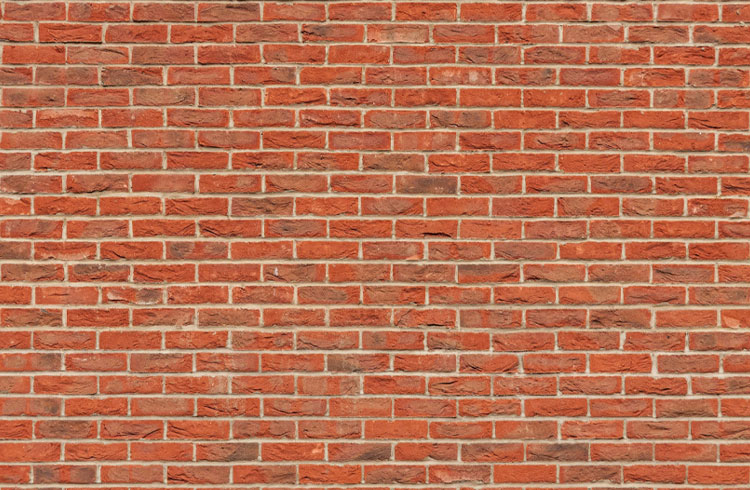
This includes Section 1(7) compensating for “any damage to his property” S.7(2) “for any loss or damage”, and S.11(8) “paid to him in lieu of the carrying out of work to make the damage good”. Where compensation is for physical damage this could be a simple matter of agreeing compensation based on the cost of repair but recent case law has made clear that is not necessarily the case. The compensation can be limited by the actual diminution in the value of their property.
There are three key reasons why compensation could be less than the actual cost of repair.
The first is where the proposed action of the Adjoining Owner means that they would not actually incur the loss. The key case Party Wall Act case is was Breuer -v- Leccacorvi 2011 where the Courts determined that the Adjoining Owner was not likely to suffer any actual loss because she had stated a clear intent to sell her property and would therefore be unlikely to undertake the repairs. The repairs themselves would not result in a material difference to the price she would obtain for the sale.
The second reason is where the damage is very minor and insignificant to the property value or where the affected surfaces were already clearly defective prior to work commencing. Whether compensation should be paid for relatively minor damage does depend on the nature of the Adjoining Owner and the practical impact on them. For example, where minor defects are caused to a commercially rented property or where an Adjoining Owner can be expected to undertake redecorations in the very near future anyway, then there may be no effective loss. It could be that there should still be a payment for redecoration but not additional costs for moving out and alternative accommodation. However, if the Adjoining Owner is a domestic owner in occupation not intending to sell, it would not be appropriate for them to have to live with cracks in a wall or damp staining when such defects did not exist originally, simply on the basis that if they were to sell, then there would be unlikely to be any material difference in the sale price they would obtain. Surveyors should deal with the actual facts of any particular case and a residential owner with rooms in good condition before works started should be entitled to have their property returned to that condition if damage is caused.
The third reason is where there is more than one effective remedy open to an adjoining owner and they should choose the lower value option. Other cases outside the Party Wall Act, particularly those in contract, have accepted the principle that damages can be limited to the actual diminution in value to a neighbouring owner. For example, whether negligence that resulted in a factory burning down required payment for the factory to be fully rebuilt, and whether a swimming pool built slightly shallower than contracted required payment of the cost of making that pool deeper. In each case, the decisions have been based on the full facts.
This issue was recently raised in the case of Lea Valley Developments Limited -v- Derbyshire 2017. The Building Owners’ works had caused such substantial damage to the Adjoining Owners’ house, which was rented out as flats, that it required demolition and rebuilding. The issue in dispute between the parties was whether the building owner had to pay the full cost of reconstruction or should have the damages limited to the actual diminution in value of the Adjoining Owners’ land. The Building Owner assessed the difference between the value of the Adjoining Owners’ property prior to work commencing and with a severely damaged building on it and argued that the compensation should be limited to the difference between the two which was substantially lower than the cost of demolishing and rebuilding. The Court held that this was a matter for the appointed surveyors to determine and not the Court.
In such cases, the key assessment to be made by the surveyors is what action is needed to restore the Adjoining Owner to the effective position they were in prior to the damage being caused. Lea Valley Developments were seeking to argue that Mr Derbyshire would have been adequately compensated if he had simply sold the plot of land and obtained that payment plus the diminution in value between that sum and the original value of the undamaged site. What that argument misses is that an investment property has both a capital value and a revenue stream. Where an investment property is damaged such that it cannot be let, then the remedy needs to restore to the Adjoining Owner a rental property of appropriate capital value that provides an appropriate rental income. Therefore, the alternative assessment of loss needs to include the costs involved in selling the plot of land, acquiring a suitable similar property and tenants, including all costs involved in achieving that, as well as the difference between the purchase price and the sale price of the damaged land. That could be similar to, or higher than, the cost of demolishing and rebuilding on the same plot.
The issue for party wall surveyors therefore is to properly assess the full circumstances rather than simply find excuses to limit a compensation payment to less than the reinstatement cost. The starting point should be the reinstatement cost and then consideration given to whether any mitigating circumstances would equitably result in a reduction.